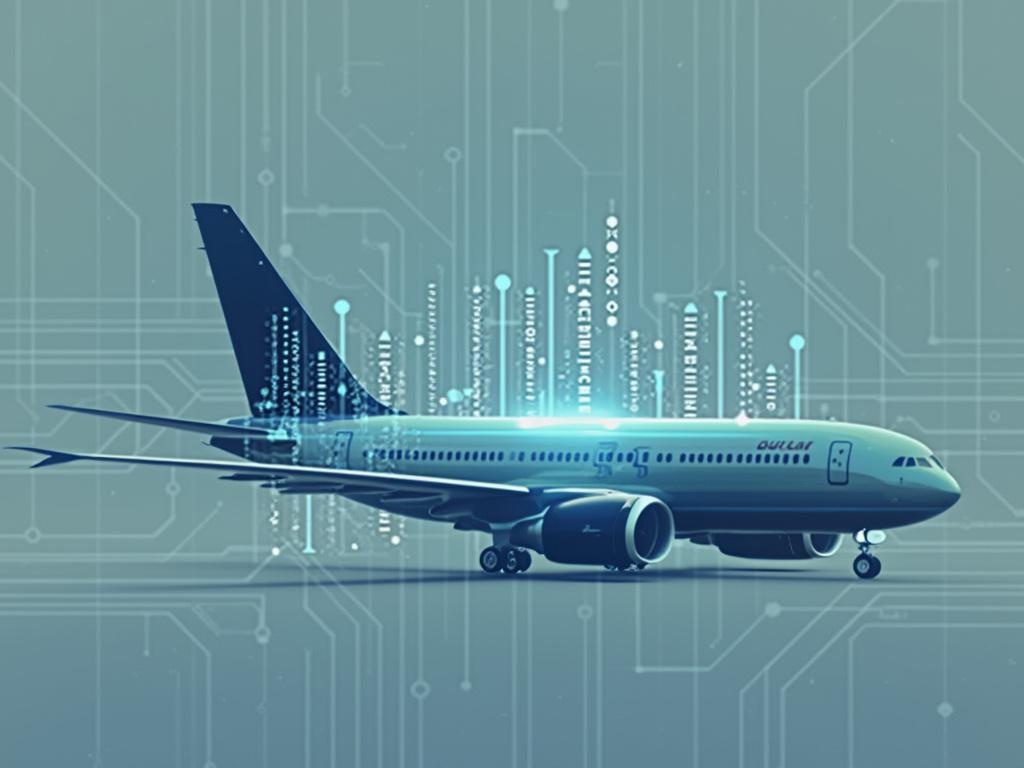Aviation Cybersecurity: Addressing Rising Threats Amid Digital Transformation Challenges

Aviation Cybersecurity Threats Soar as Industry Faces Digital Evolution Crisis
Cyberattacks against the aviation industry have surged by an alarming 131% between 2022 and 2023, exposing critical vulnerabilities in an increasingly digitized sector that contributes $1.9 trillion to economic activity and supports 11 million U.S. jobs.
The stakes have never been higher for aviation cybersecurity as the industry grapples with modernizing legacy systems while defending against sophisticated threats. With a 24% increase in attacks during the first half of 2023 alone, the sector faces unprecedented challenges in protecting everything from flight-planning systems to passenger services. Organizations must implement comprehensive network security and firewall protection measures to safeguard critical infrastructure.
Growing Vulnerabilities in the Connected Sky
The aviation ecosystem's complex web of interconnected stakeholders creates multiple entry points for cybercriminals. Legacy operational technology (OT) systems, often running on outdated platforms, lack modern security features like automated patch management and encryption. Aircraft themselves have become vulnerable network nodes, with onboard routers identified as prime targets for cyber attacks.
To combat these threats, organizations must implement secure network connections across remote locations, including airports and maintenance facilities.
Recent Security Breaches
Recent high-profile breaches highlight the industry's vulnerability. The 2018 Cathay Pacific incident compromised 9.4 million passengers' personal data, while the 2024 Delta Air Lines catastrophe, triggered by a faulty cybersecurity update, resulted in 7,000 flight cancellations and a $500 million lawsuit. These incidents demonstrate why robust cybersecurity measures for business operations are essential.
Modernization and Regulatory Response
The Federal Aviation Administration is taking decisive action through new regulations and infrastructure upgrades according to the FAA's Cybersecurity Strategic Plan. A comprehensive modernization plan includes:
- Replacing copper wiring with fiber, wireless, and satellite links across 4,600 sites
- Deploying 25,000 new radios and 475 voice switches by 2027
- Constructing six new air traffic control centers
- Upgrading the Notice to Airmen (NOTAM) system to cloud-based operations by September 2025
The aviation sector's cybersecurity challenges offer crucial lessons for other industries about the importance of proactive security measures, supply chain vigilance, and coordinated incident response planning. As the skies become increasingly connected, the industry's ability to defend against cyber threats will determine not just its own future, but serve as a model for critical infrastructure protection worldwide.
Additional safety measures now include enhanced encryption protocols, regular security audits, and advanced threat detection systems to protect both operational and passenger data.

